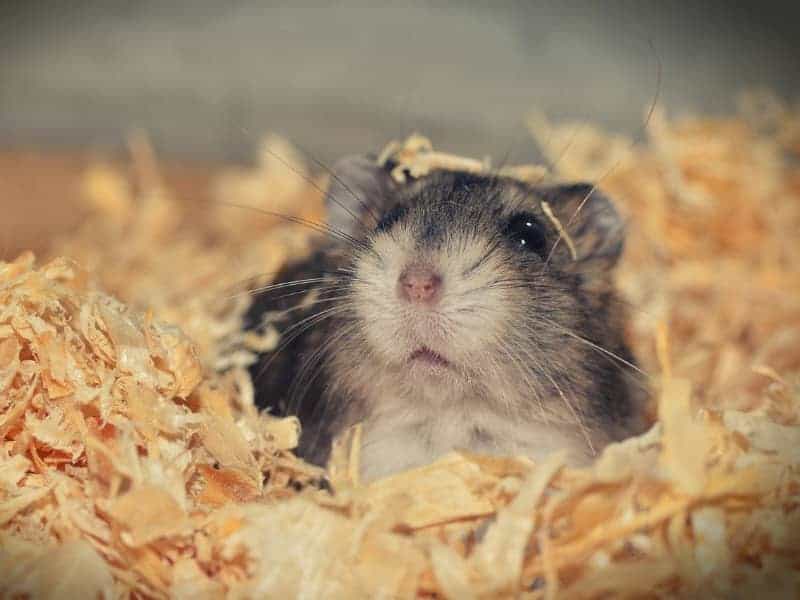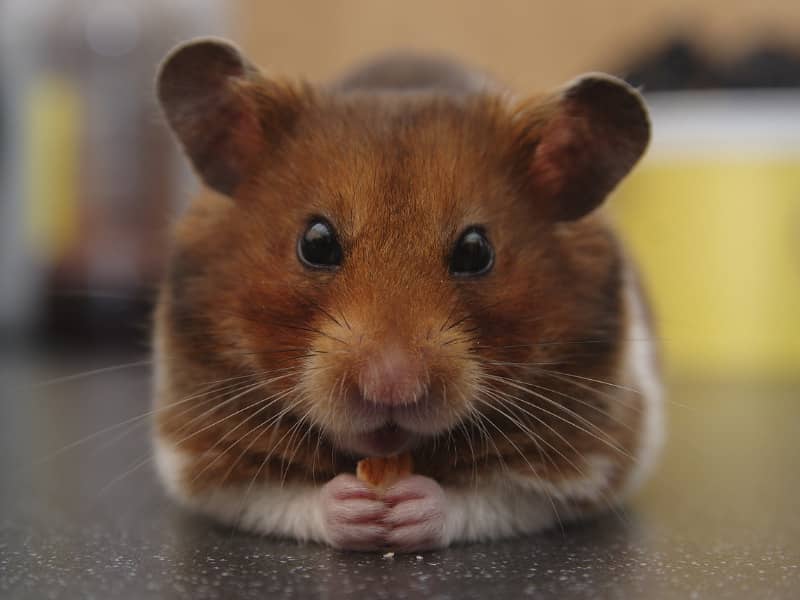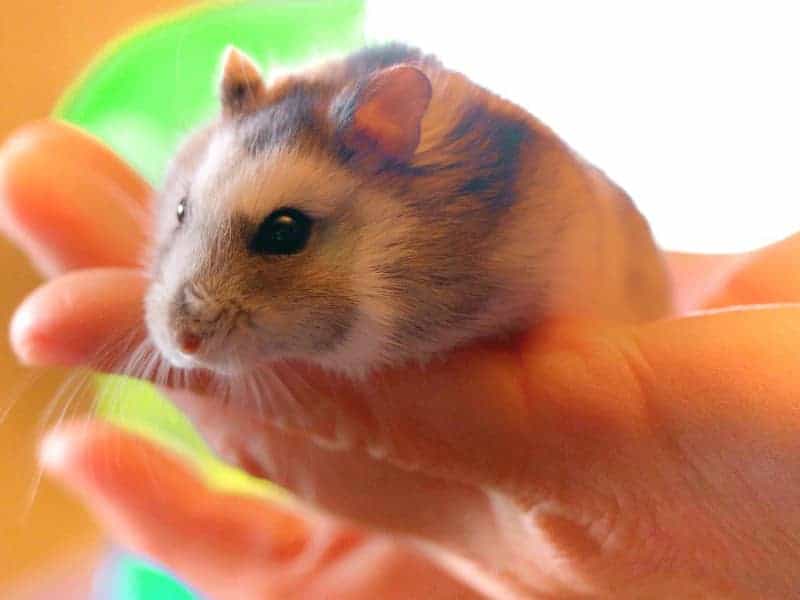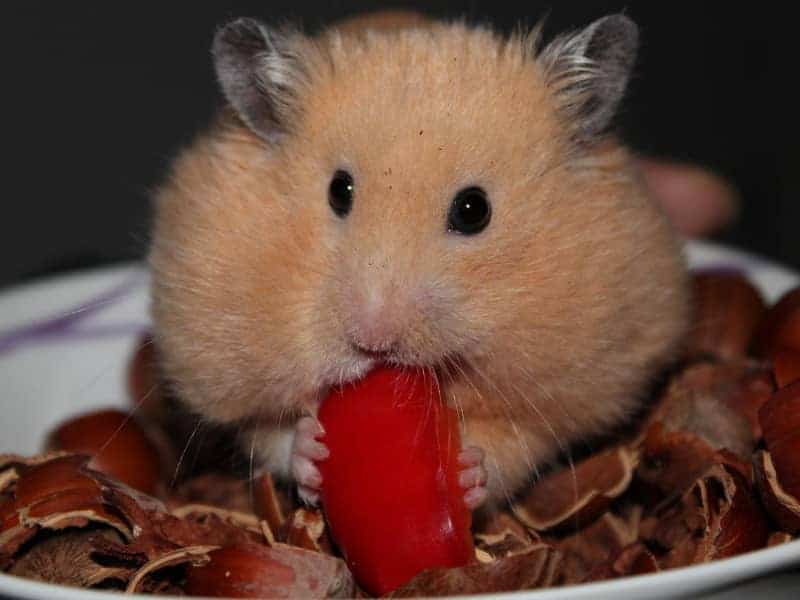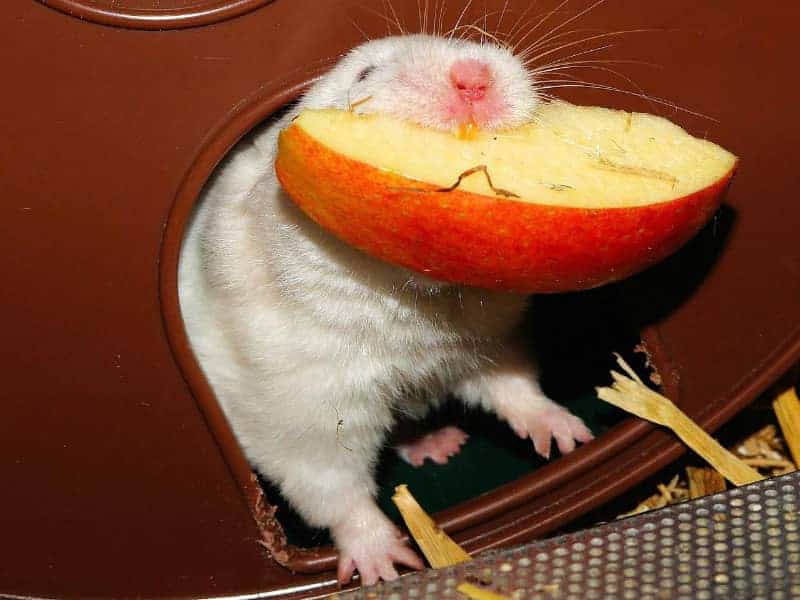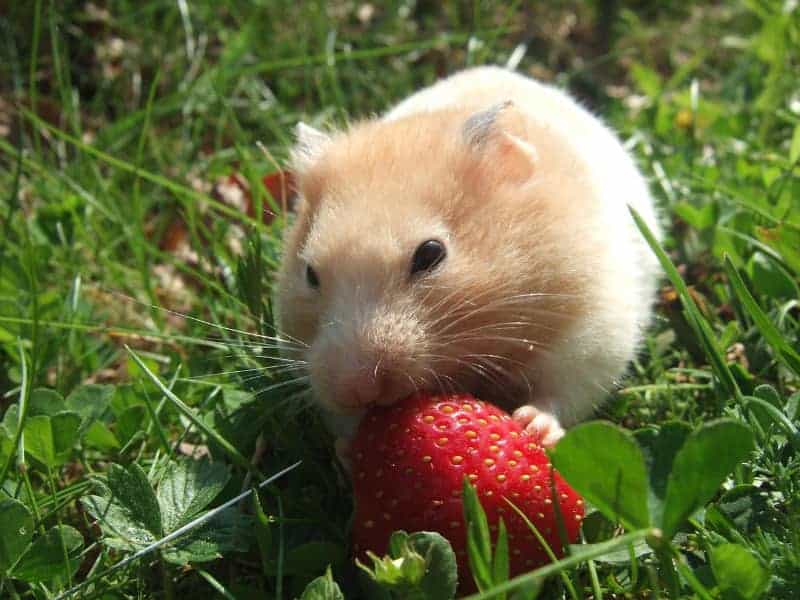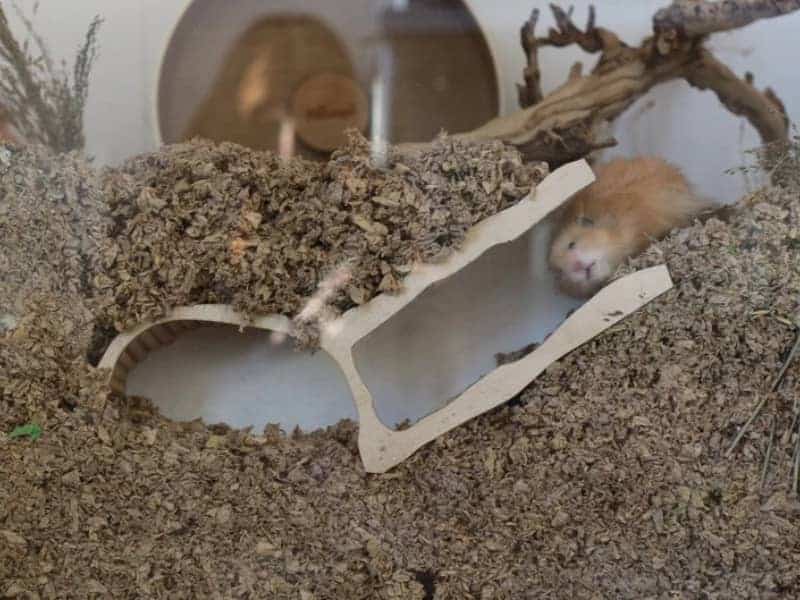
Watchbox hamster
For many hamster owners, a watchbox is essential in the terrarium so they can watch their animals. But not every hamster accepts a watchbox. We want to inform you about the advantages and disadvantages of a hamster watchbox. This will help to avoid disappointments and not to let the expectations for such a box become too big.
Why a hamster watchbox?
The most important reason for most hamster owners is to be able to observe the animal more closely. In principle, a watchbox is also well suited for this purpose, because it ensures that a space is created underneath/inside the bedding that the hamster can use as a sleeping place or hiding place. But let's be honest, who likes to be watched while sleeping?
Some animals don't seem to mind, others don't like it at all and ignore the watchbox accordingly. What is also often observed, is that the side with the light incidence, so where you would like to watch your hamster, is filled with litter. Behind it, your hamster then made himself comfortable and sleeps peacefully.
The only thing that helps here is to try out what your hamster likes. A general recommendation for action can not be given here, because the animals are just like us humans individual and have their preferences.
How big does a watchbox for hamsters need to be?
Here it depends on the type and size of your hamster. A golden hamster needs a large watchbox and a dwarf hamster accordingly a smaller one. The boxes also come in a wide variety of styles. The most common is a sloping walkway downward that ends in a kind of cave. These are mostly made by private manufacturers in small numbers and very individual variants.
Only rarely can you get a hamster watchbox in this variant in pet stores at a reasonable price and in good quality. Here we can really only recommend to look once at Etsy and check the diverse offer there. But there are also always private websites that sell these watchboxes for little money.
But back to the size of a watchbox. Here it depends mainly on the entrance size and the passage towards the cave. A dwarf hamster needs a diameter of 5-7.5 cm to climb down and out without any problems. A golden hamster, however, needs at least 8 cm, better 9 cm or more, so that even one of the strong guys does not accidentally get stuck in the tube.
What to look for when buying a watchbox?
Since many of the sales take place on platforms like Etsy or eBay, you should pay close attention to the reviews of previous sellers here. Sometimes they do not work cleanly or use materials that may not be ideal for your hamster. We recommend you simply read the reviews carefully and draw your own conclusions.
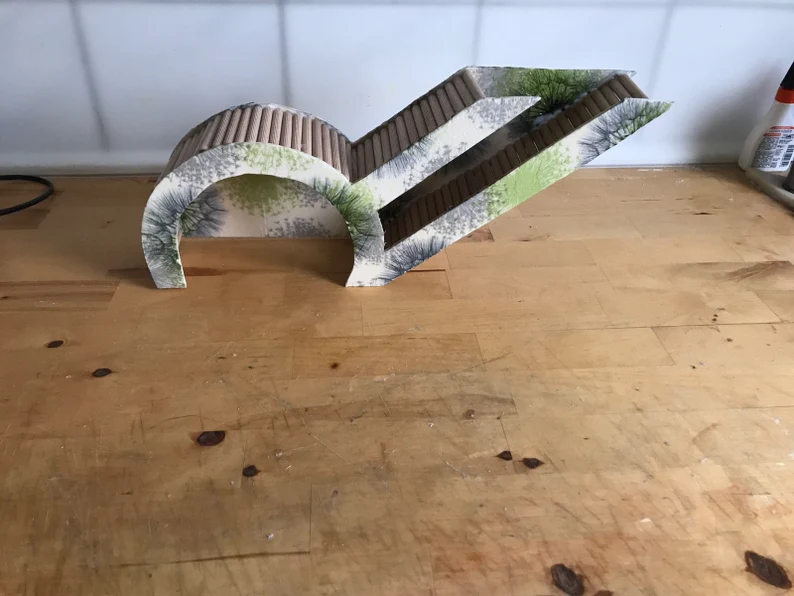
My hamster does not use the watchbox, what to do?
As we mentioned earlier, not every hamster is equipped for the underground existence. However, you may be able to make it a little more palatable by preparing it into the den. And by tasty, of course, we mean a tasty meal. Most of the hamsters are food driven and accordingly we can take advantage of this trait.
You know what your darling likes to eat, then put it in the cave of the watchbox and watch what happens. Often it also helps to equip the box with a nesting material that your hamster prefers, so that he feels at home faster. If none of this helps, just leave the box in the terrarium for several days or weeks and you will see if he accepts it.
It often happened that after several days or weeks the animals suddenly found the box interesting and used it regularly. Other animals, on the other hand, found the watchbox very interesting at the beginning and after two weeks they no longer wanted it. The only thing that helps here is to try it out and see what happens.
What is the best shape for a watchbox?
There is no perfect shape, but what is important is that the entrance to the den does not slope down too steeply. While hamsters are good climbers, there are limits to what they can do. It is also important that the slope leading to the cave is designed so that the hamster can walk on it well and hold on. Most often this is achieved by small round logs, which has proven to be very practical.
If these characteristics are met, then the rest of the shape depends on your taste and the space available in the terrarium.
Author

-
Garden animal - A life with nature
Welcome to my animal blog! My name is Dirk and I am happy to take you on my journey through the fascinating world of animals and gardening.
Born 54 years ago, I have had an insatiable curiosity for the animal world around me since childhood. Although I have moved professionally in other industries, my true passion has always been animals and nature. It is remarkable how a small garden has become such an important part of my life.
Many of my fondest memories are associated with the animals that share our home. Whether it's the curious squirrels that scurry across the trees in the morning, the colorful variety of birds that visit our feeders, or the busy bees and butterflies that pollinate our flowers, every moment with them is invaluable to me.
This blog is my contribution to share my experiences, discoveries and insights with like-minded people. Here I will share stories of unforgettable encounters with animals, give tips on gardening and creating wildlife-friendly habitats, and take you on my journeys through nature.
Thank you so much for being here!
Cordial,
Dirk aka garden animal
Last posts
- 27. February 2024PetsVeganes Hundefutter – Grün und Gesund?
- 18. January 2024ChickensOregano für Hühner
- November 27, 2023HamsterDiurnal hamsters
- November 24, 2023HamsterHamster hammock

